Did Giant humans roam Ancient America in the past? Did the Native American's have a royal class of giant rulers entombed in massive burial mounds?"The Iroquois, the Osage, the Tuscaroras, the Hurons, the Omahas, and many other North American Indians all speak of giant men who once lived and roamed in the territories of their forefathers. All over what is now the U.S. are traditions of these ancient giants." 1
The historical record certainly seems to support this reality. Over a two hundred year period, more than 1000 accounts of seven-foot and taller skeletons have been reported unearthed from ancient burial sites in North America. Newspaper accounts, town and county histories, letters, scientific journals, diaries, photos and Smithsonian ethnology reports have carefully documented this. These skeletons have been reported from coast to coast in burial chambers, stone crypts, caves, ancient battlefields and massive mounds. Strange anatomic anomalies such as double rows of teeth, jawbones so large as to be fit over the face of the finder, and elongated skulls, were documented in virtually every state. Smithsonian scientists identified at least 17 skeletons that stood at over seven feet in their annual reports, including one example that was 8 feet tall, and a skull with a 36-inch circumference (an average human skull has a circumference of about 20 inches). The Smithsonian Institution is mentioned dozens more times as the recipient of enormous skeletons from across the United States.
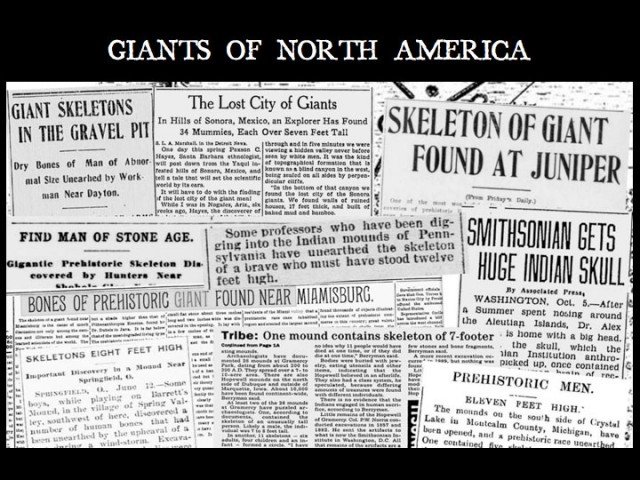

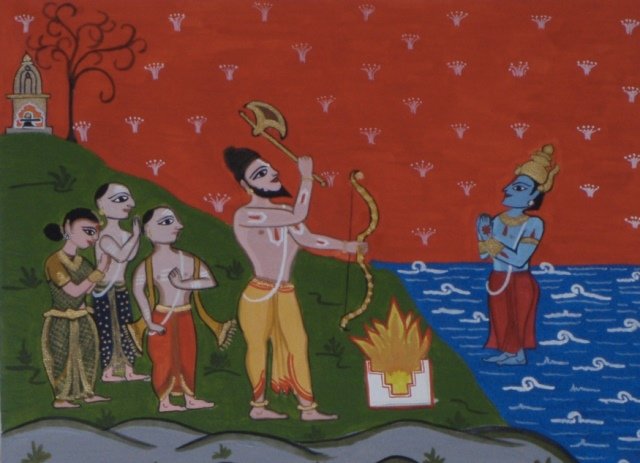
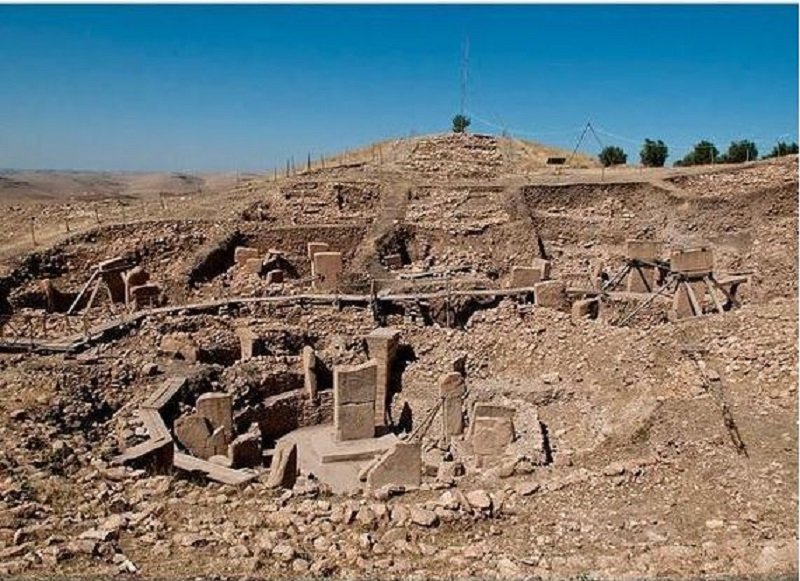

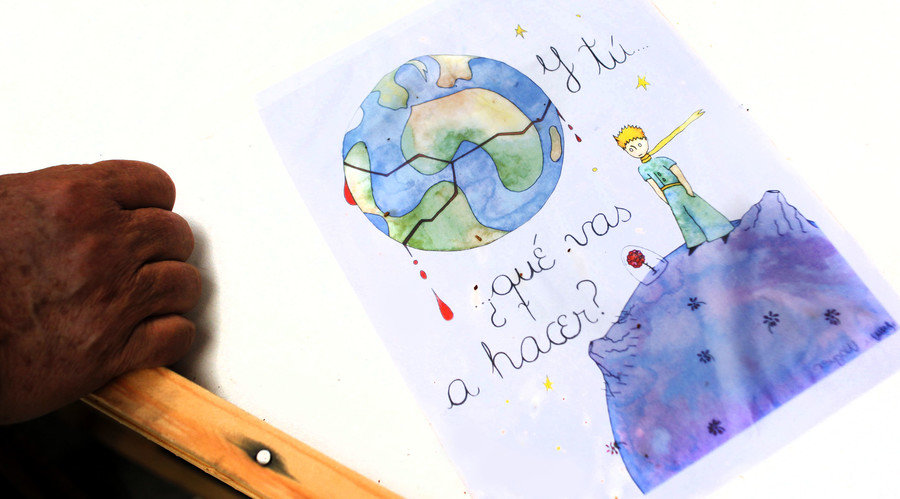
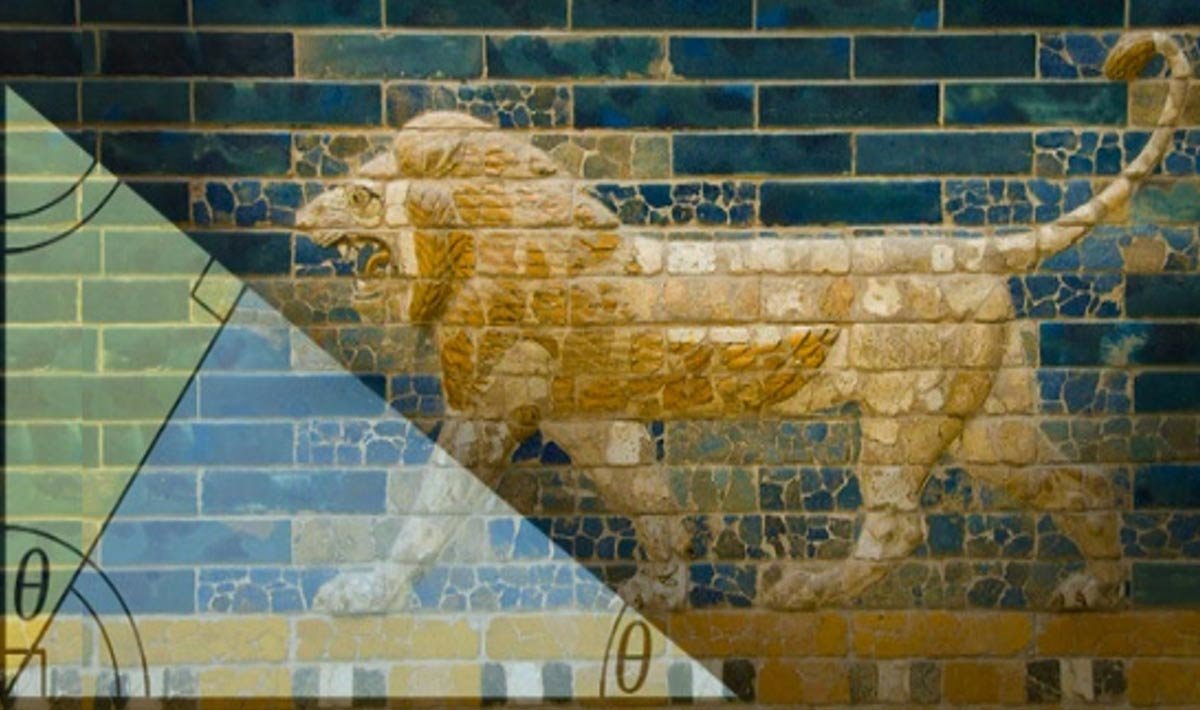
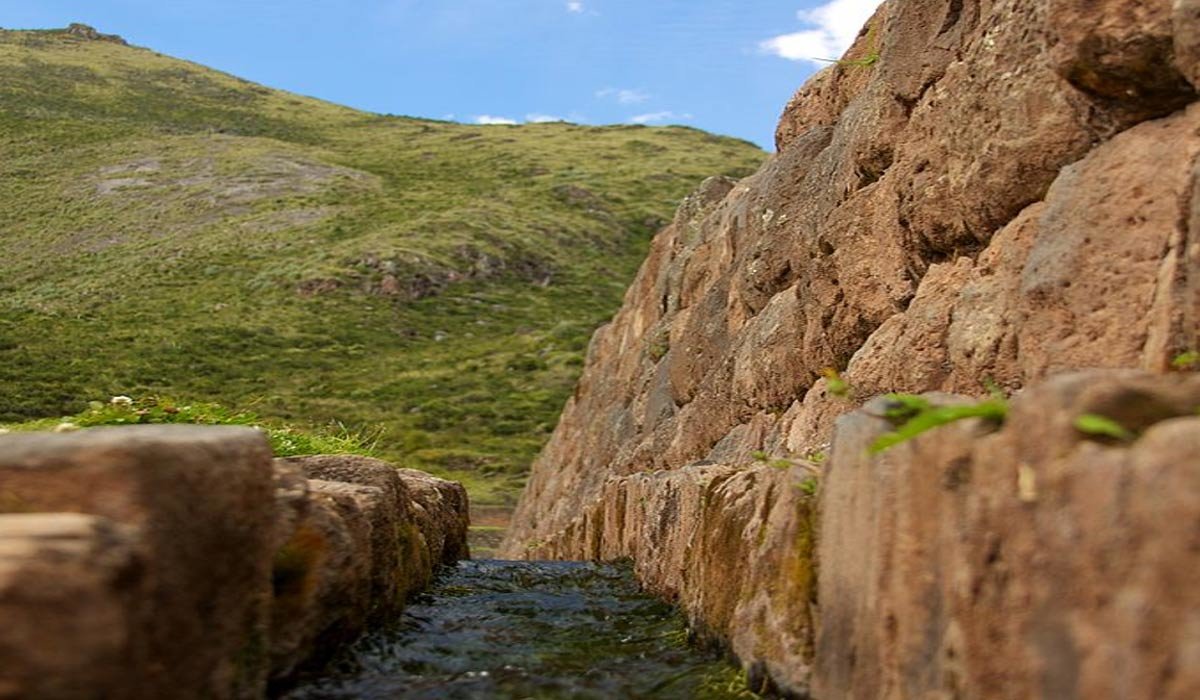
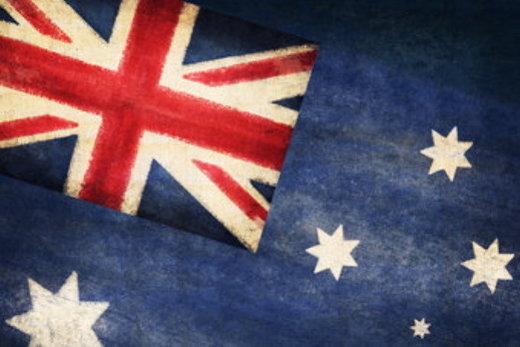
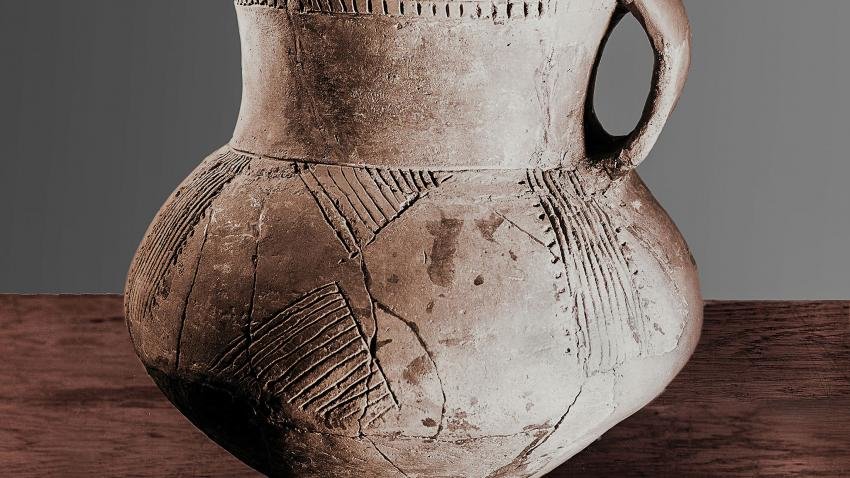



Comment: See also: